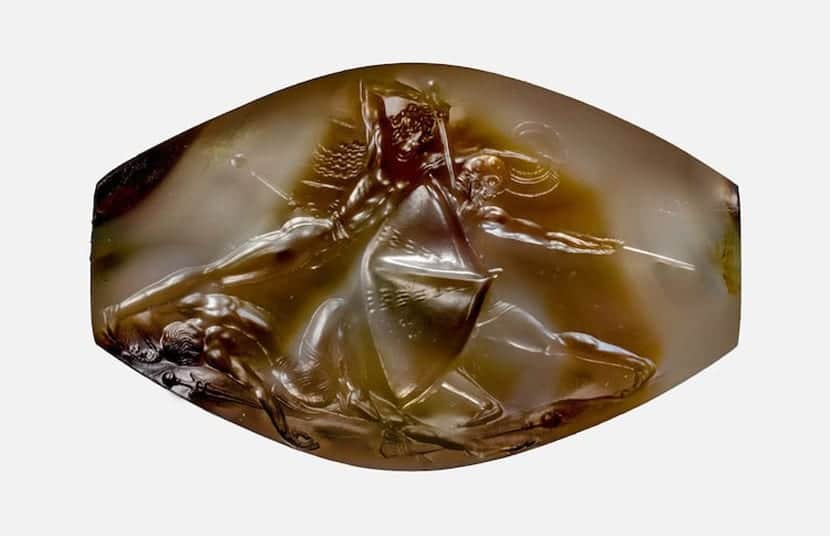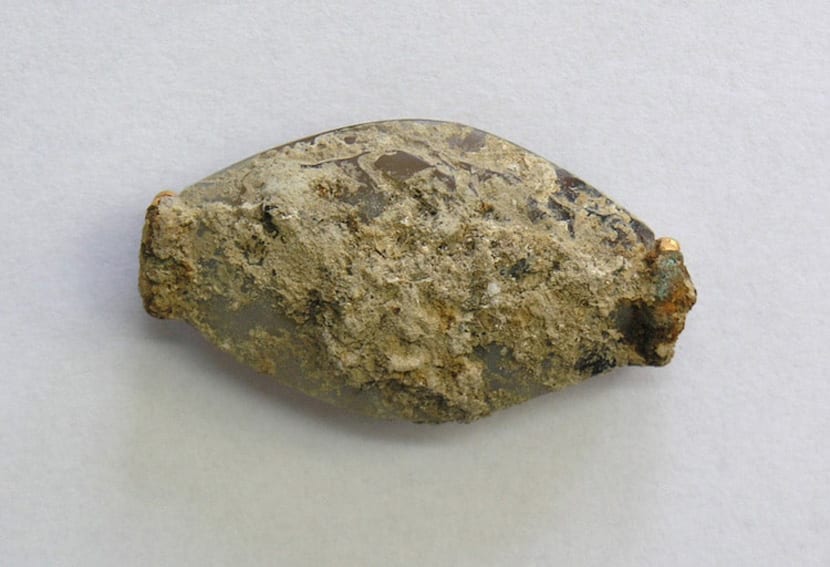
Everything is subject to changes and everything that we can understand as being fixed, such as the evolution of man himself as the path carried out to this day in the art world, could be turned upside down so that we would be in awe so it could have been done thousands of years ago.
Un new discovery by researchers at the University of Cincinnati it is about to destroy the foundations of the development of Western civilization. More than a year after discovering a 3.500-year-old tomb of a Bronze Age warrior in Greece, an ancient stone carving could rewrite art history.
Known as the Tomb of the Warrior Griffin, the Greek government has dubbed the news as the most important discovery in 65 years. This tomb is located in Pylos, Greece, and dates to around 1.500 BC.

The tomb was filled with all sorts of riches, but the most valuable would have to be discovered later. The Combat Agate of Pylos is a tiny stone carved with a deft hand that offers details of great skill. It took those in charge of its conservation more than a year to clean it of the limestone inlays to discover the image of a warrior in battle.
The amazing thing about the image of the warrior in battle is that shows a representation of the human body at a level of detail and musculature that has not been found the same until the period of Greek art 1.000 years later. It is a simply spectacular discovery in all its identity.

The reason for its importance is because it was thought that the Mycenaean civilization would have simply appropriated the iconography of the Minoan culture, the second European culture of the Copper and Bronze Age, which would have appeared on the island of Crete among the 2700 and 1450 BC But it is the Combat Agate of Pylos, combined with other artifacts found in the tomb, those that point to a larger cultural exchange than previously believed.

And because of those so precise details of human anatomy and precision in carving, which is getting art historians to re-evaluate the timeline of how Western art was developed. So the Mycenaean civilization was producing a type of art that had not been imagined to this day, particularly human anatomy and movement. Simply extraordinary.
You have more information on the web.